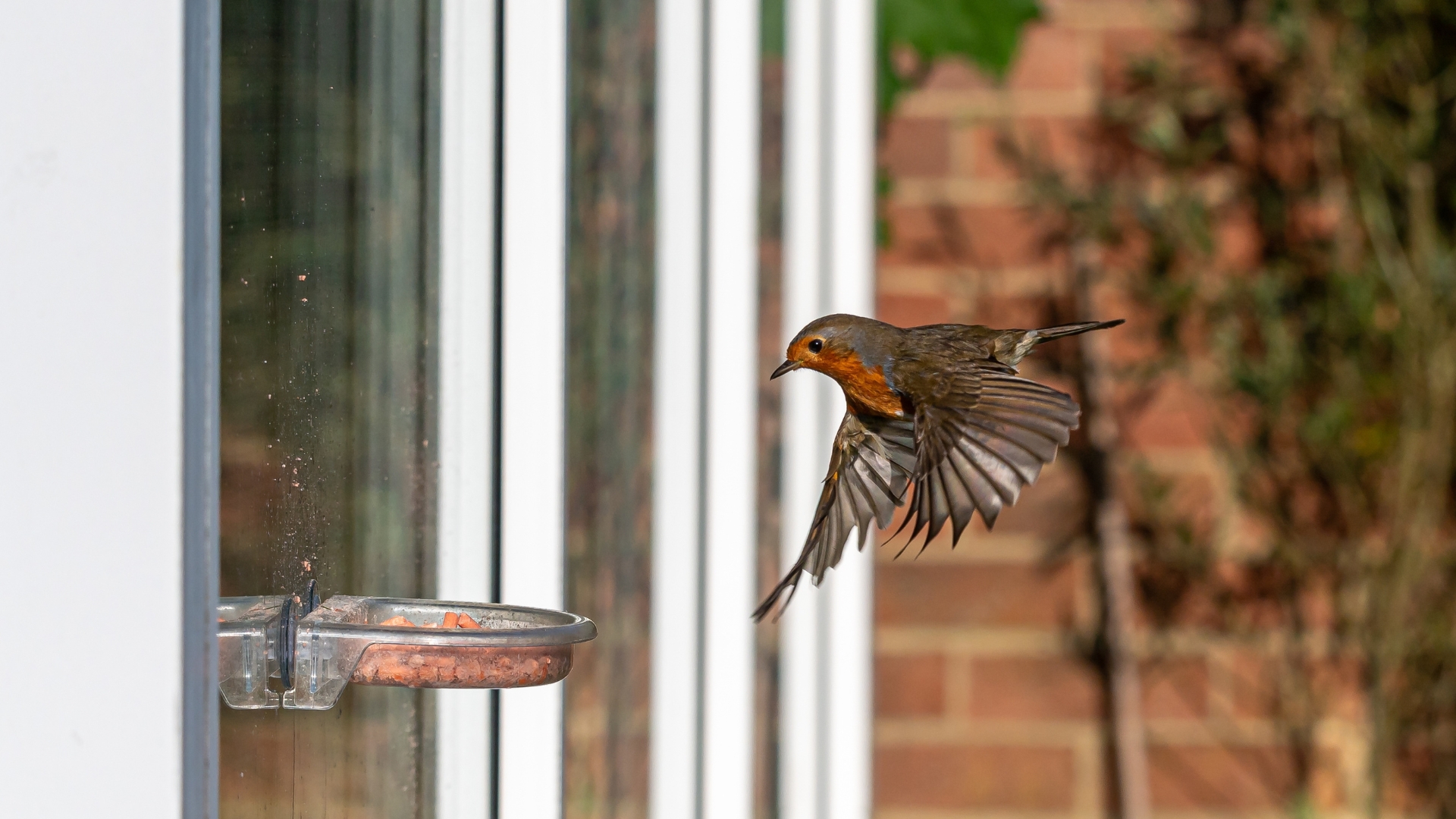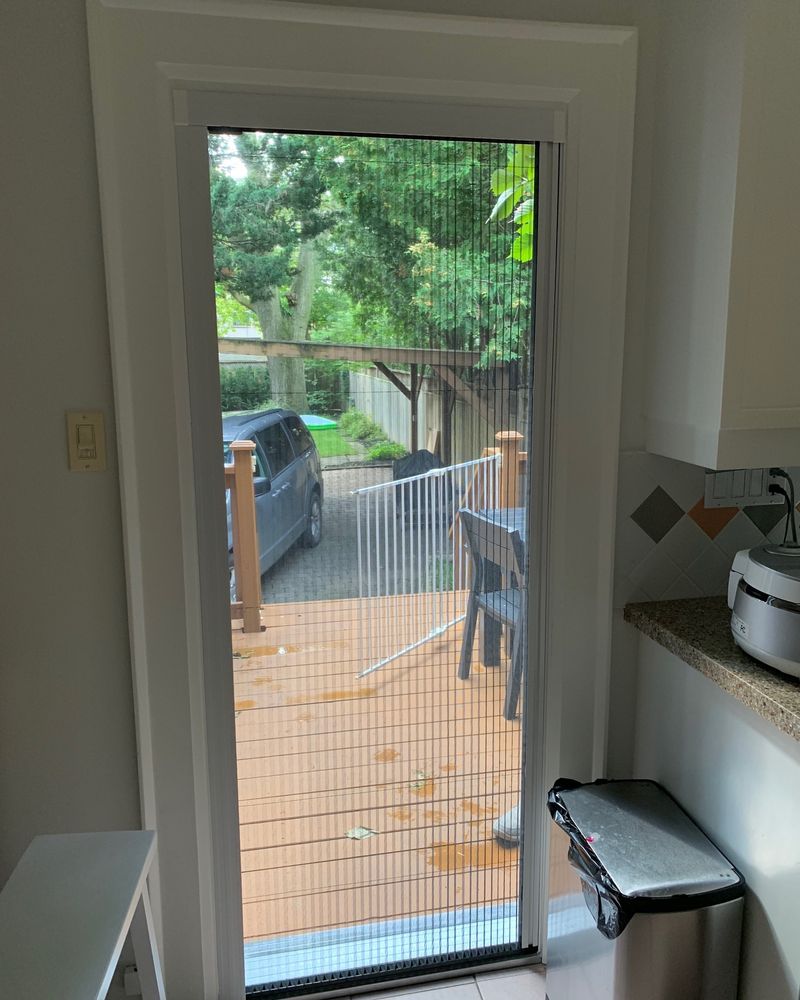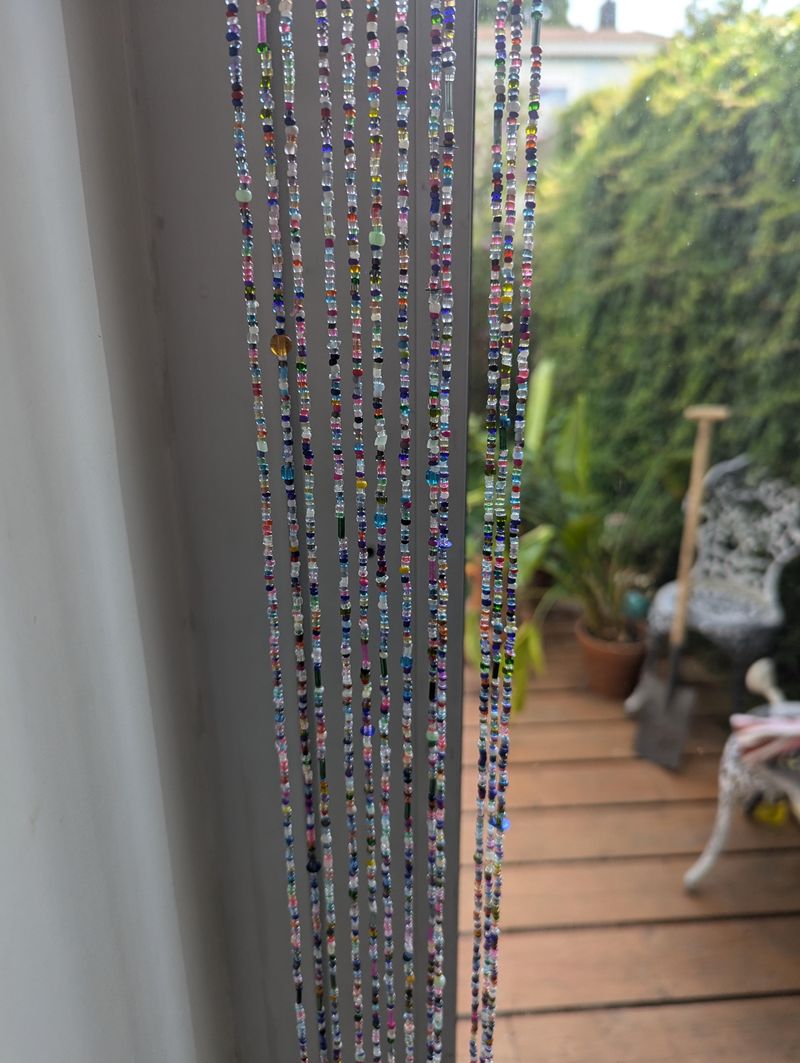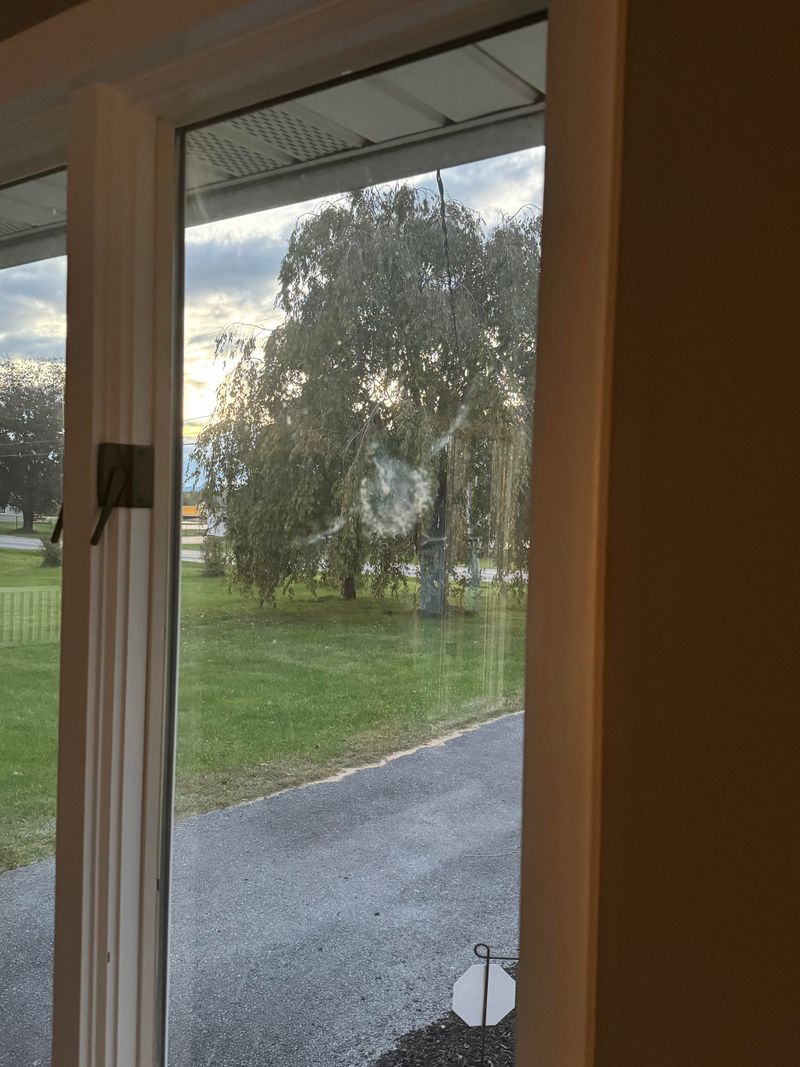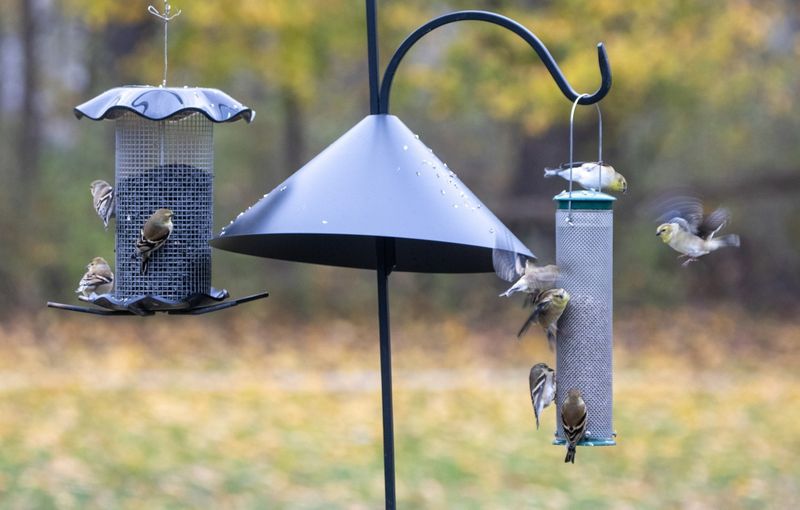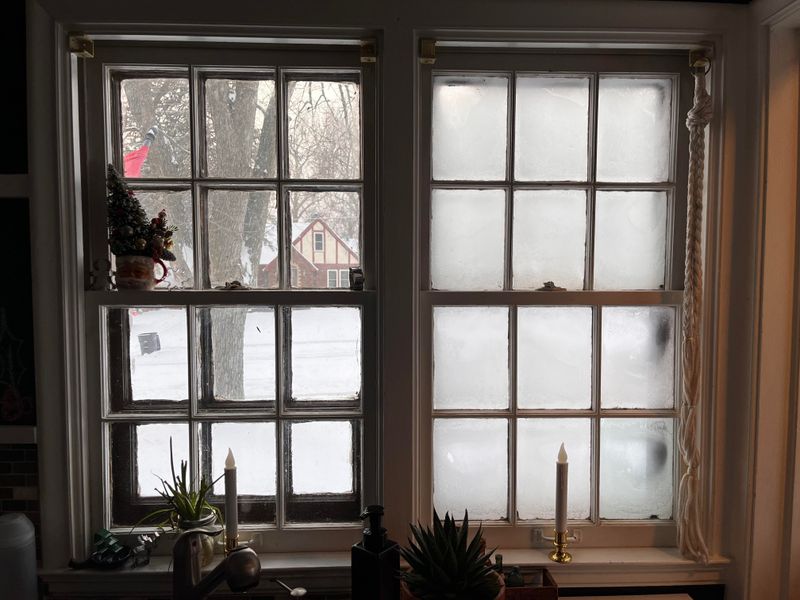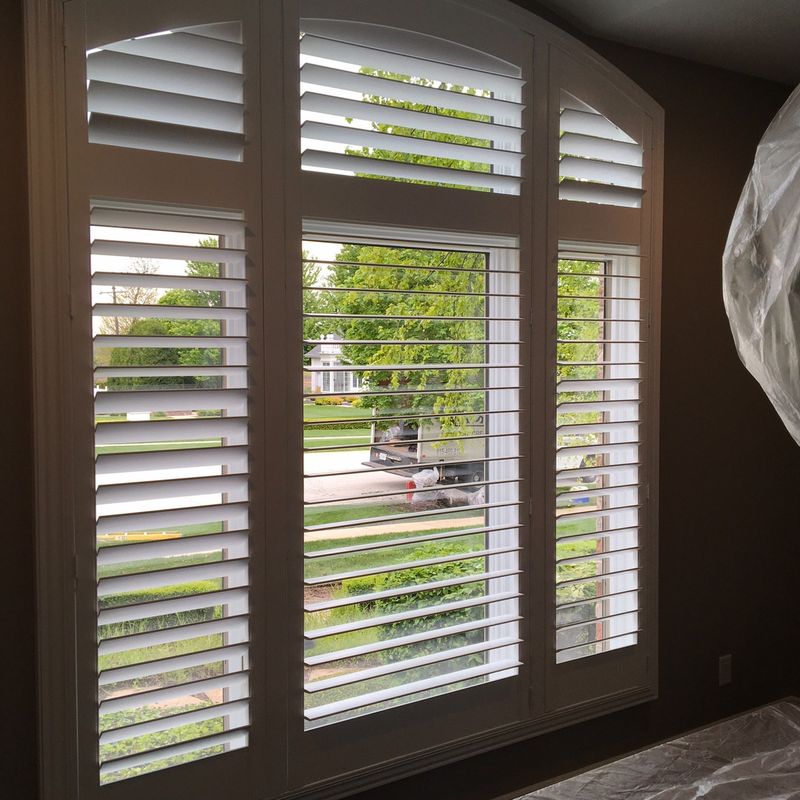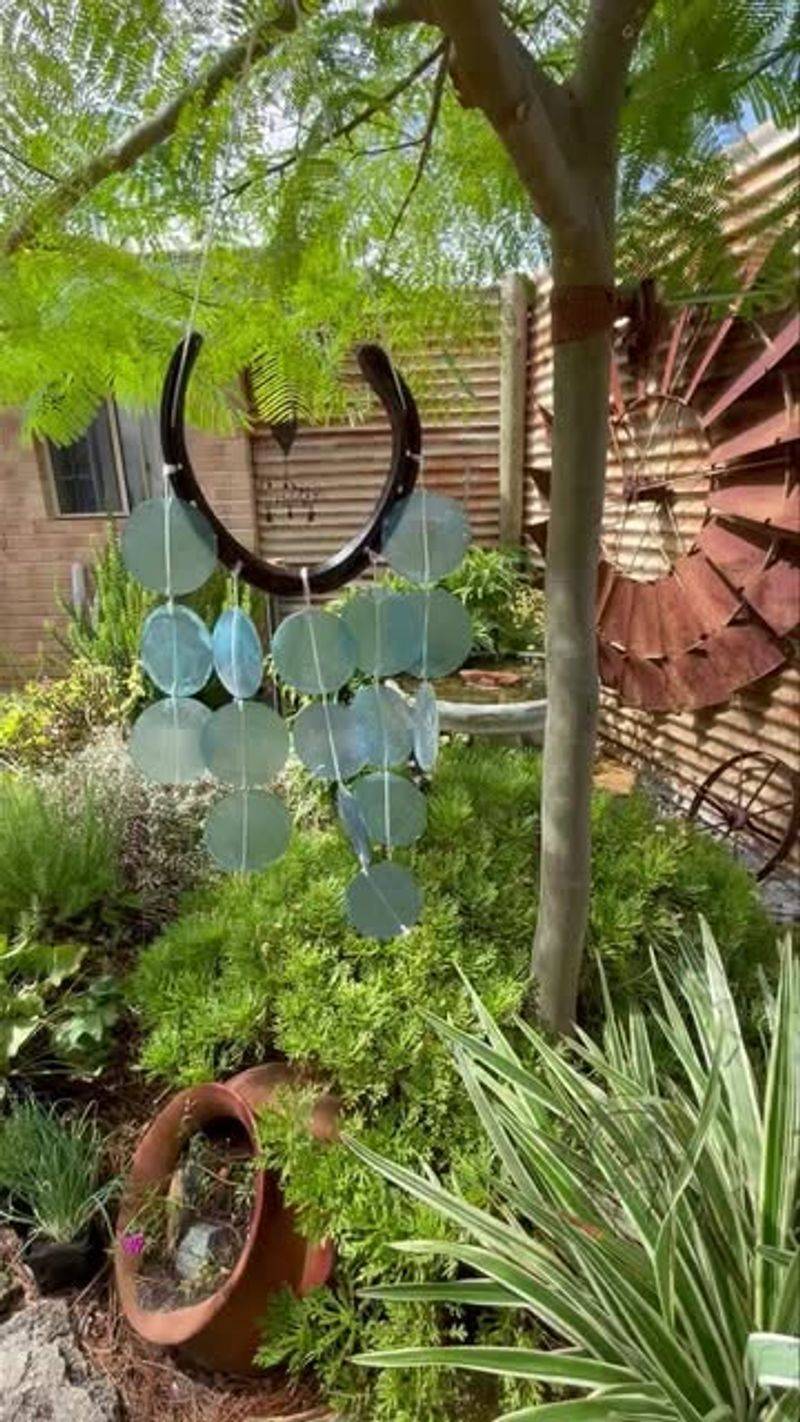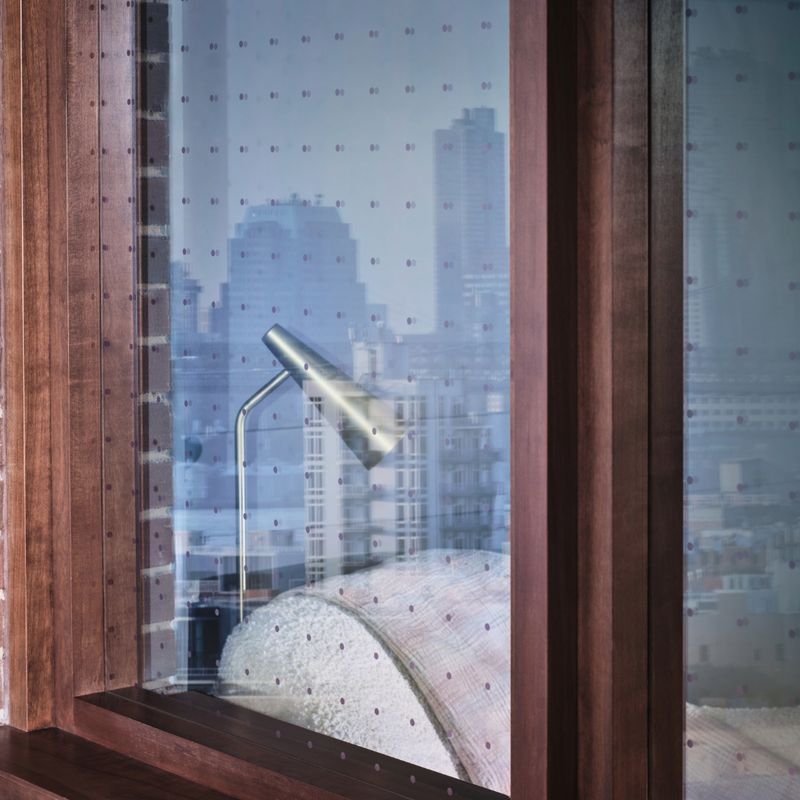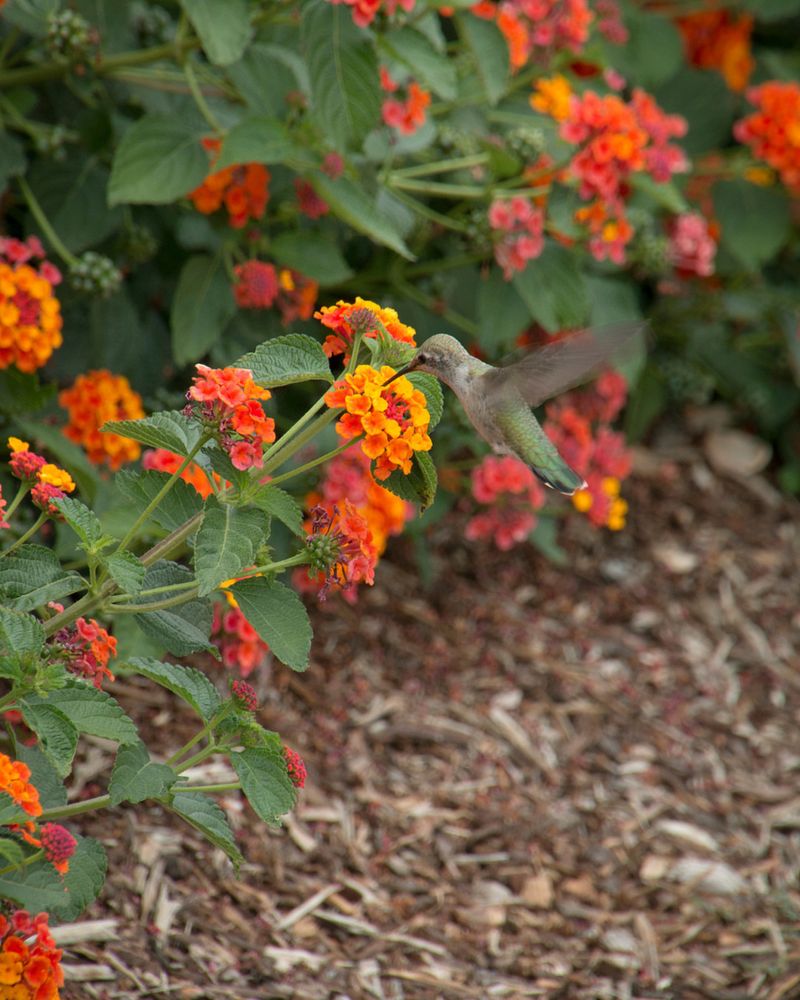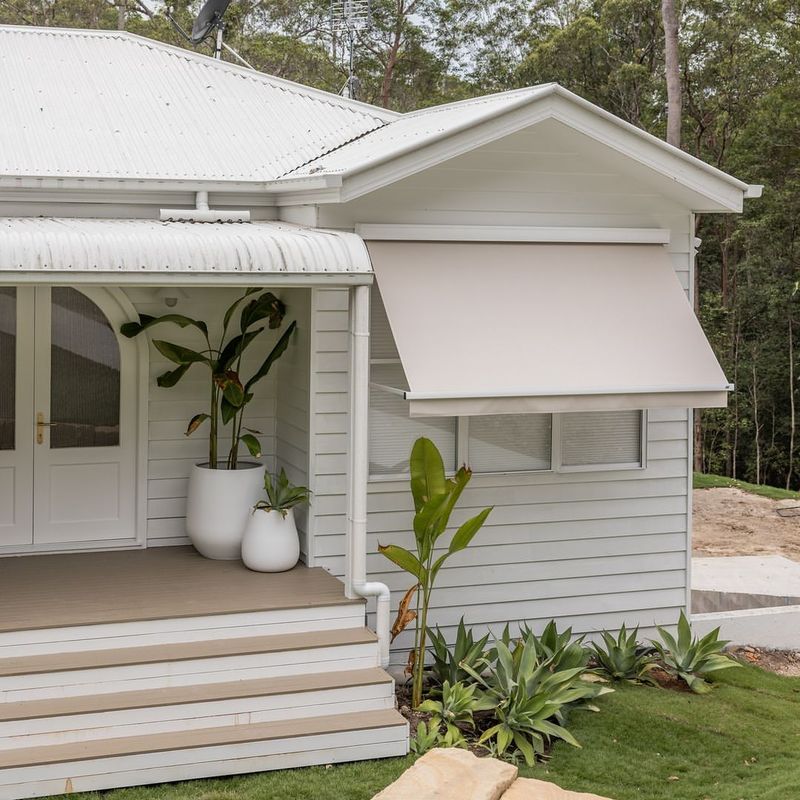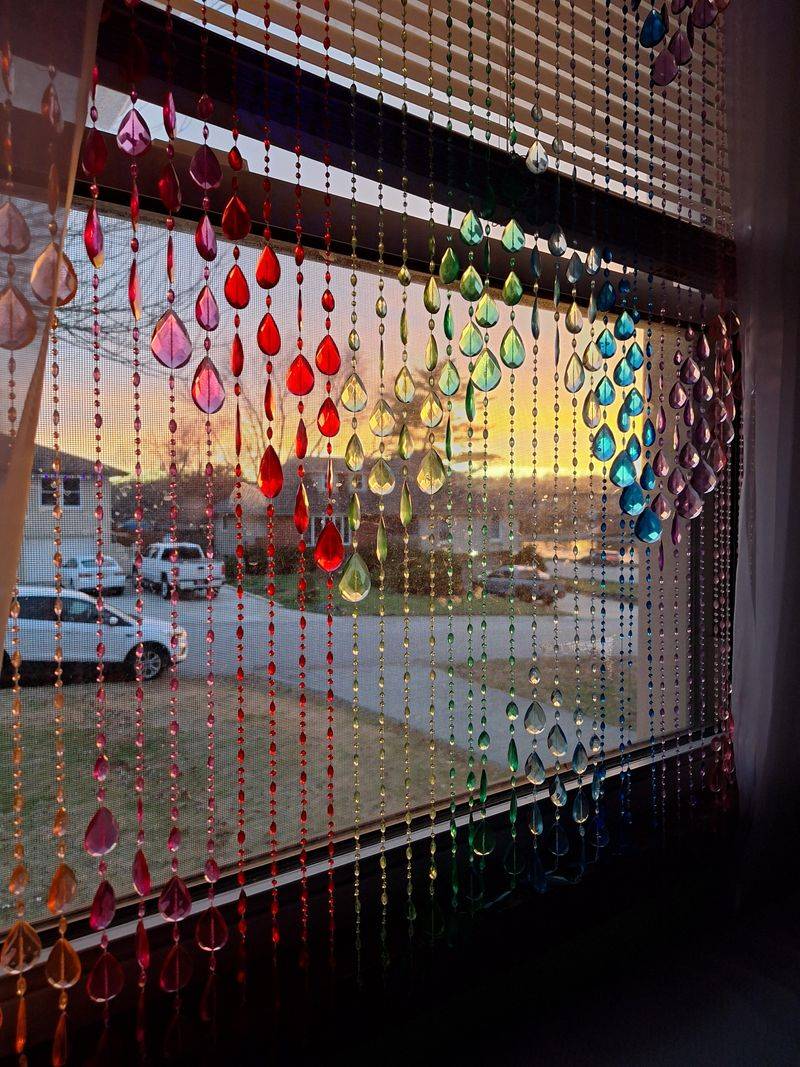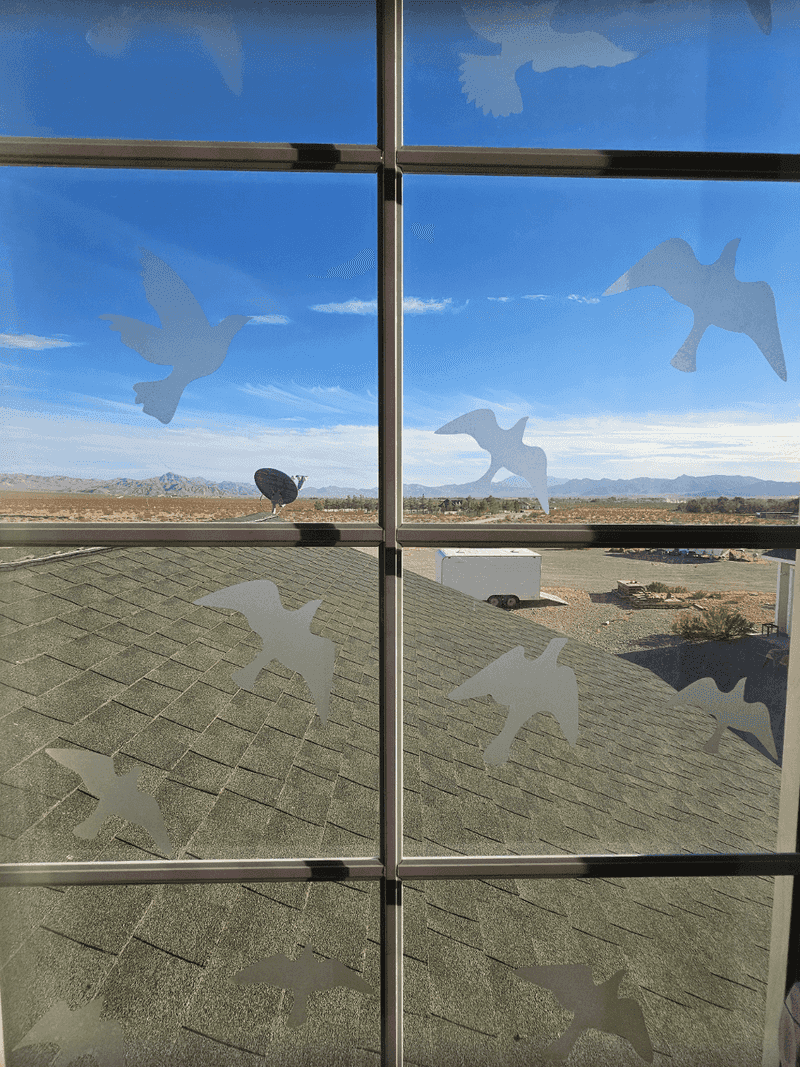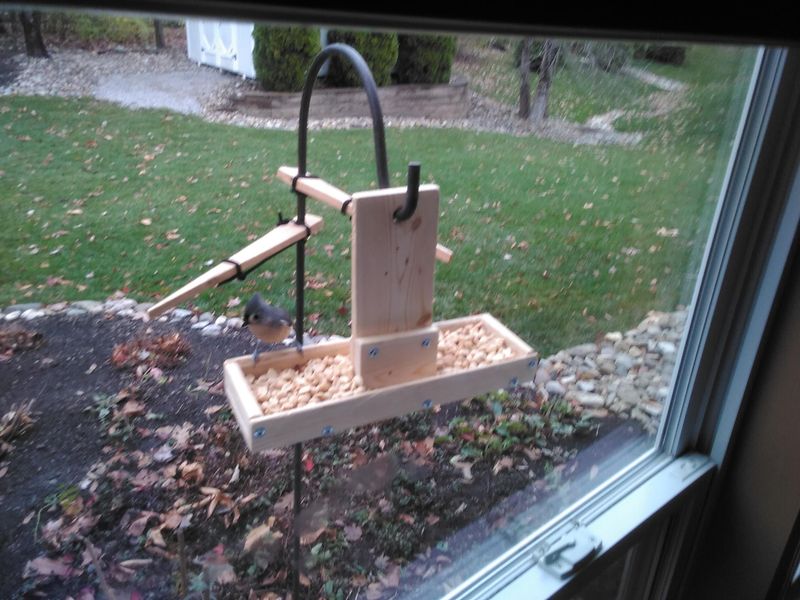Windows can be a sneaky hazard for birds, and I’ve seen firsthand how heartbreaking it is when they accidentally collide. Bird-proofing your windows doesn’t have to be tricky or expensive—just a few simple steps can make a huge difference.
I’ve put together 15 easy ways to keep those feathered friends safe while still enjoying the view. Plus, protecting local wildlife feels pretty amazing, doesn’t it?
Let’s make your home a safe spot for birds this year.
1. Apply Window Decals
Specially designed window decals create visual barriers that birds can actually see. Unlike humans, birds can’t detect clear glass, so these stickers serve as warning signs to prevent collisions.
Place decals no more than 4 inches apart to create an effective pattern. Many come in decorative shapes like butterflies or leaves, adding a touch of style while saving bird lives.
2. Install External Screens
External screens serve double duty by keeping bugs out while creating a visible barrier for birds. The mesh material reduces reflections and appears as an obvious obstacle in a bird’s flight path.
Many homeowners already have screens on windows that open. Consider adding them to picture windows too – they’re relatively inexpensive and can be removed easily for cleaning when needed.
3. Hang String Curtains
Vertical strings hanging outside your windows create a physical barrier birds won’t fly through. Spaced about 4 inches apart, these string curtains allow you to maintain your view while deterring birds.
Weather-resistant paracord or fishing line works perfectly for this purpose. The slight movement in the breeze further alerts birds to the obstacle ahead, preventing painful collisions.
4. Use Bird-Friendly Film
Transparent window films with ultraviolet patterns are nearly invisible to humans but appear brightly lit to birds. These specialized films can be applied directly to your existing windows without replacing the glass.
Application is similar to applying a phone screen protector – just larger! Smooth it on with soapy water and a squeegee for a bubble-free finish that will last for years.
5. Relocate Bird Feeders
Bird feeders placed too close to windows can lead to accidents when birds take off quickly. Moving feeders either within 3 feet or beyond 30 feet from windows creates safer feeding zones.
When feeders are very close, birds can’t build up enough speed to hurt themselves if they do hit glass. At greater distances, they’re less likely to mistake reflections for continuing habitat.
6. Create Soap Patterns
For a quick, temporary solution during migration seasons, try drawing patterns on windows with bar soap. The marks break up reflections and create visible barriers birds can see and avoid.
Stripes, dots, or grid patterns work well – just ensure they’re spaced no more than 4 inches apart. This method is especially helpful during peak migration periods in spring and fall.
7. Install External Shutters
Decorative exterior shutters add architectural interest while providing a bird-friendly option when closed. During peak migration times or when you’re away, simply close the shutters to eliminate window collisions completely.
Modern shutters come in various materials that withstand weather conditions while complementing your home’s style. Many can be adjusted to allow partial light while still preventing bird strikes.
8. Hang Wind Chimes
Wind chimes create both visual and auditory deterrents for birds approaching your windows. The movement catches their attention while the gentle sounds alert them to an obstacle ahead.
Hang chimes directly in front of problem windows where you’ve noticed bird strikes. The combination of sound and motion creates an effective warning system that most birds will avoid.
9. Apply One-Way Window Film
One-way window films allow you to see out while creating a non-reflective surface on the exterior. These films reduce the mirror effect that confuses birds while maintaining privacy and reducing glare inside.
Available in various tints and patterns, these films also help with energy efficiency by blocking UV rays. Installation is straightforward with basic tools and some soapy water.
10. Hang Sheer Curtains
Light-filtering curtains on the inside of your windows reduce transparency and reflections while still allowing natural light to enter. Birds are less likely to fly toward windows that don’t appear to be open flight paths.
White or light-colored fabrics work best as they maintain brightness indoors. This solution is particularly effective when combined with other methods like external decals or screens.
11. Plant Bird-Friendly Bushes
Strategic landscaping with native shrubs a few feet from windows creates natural barriers birds won’t fly through at high speeds. These plants provide safe perching spots before birds approach your home.
Choose dense, bird-friendly species that offer food and shelter. This approach not only prevents collisions but enhances your yard’s ecosystem by providing habitat for local wildlife.
12. Install Window Awnings
Awnings above windows reduce reflections by blocking direct sunlight from hitting the glass. Without mirror-like reflections of sky and trees, birds are much less likely to mistake your windows for open flying space.
Modern awnings come in retractable designs that allow flexibility based on the season. As a bonus, they also help keep your home cooler in summer by blocking intense sun.
13. Create Hanging Barriers
Strings of beads, shells, or suncatchers hanging in front of windows create moving barriers birds notice and avoid. The gentle motion and light reflection serve as warning signals in their flight path.
Hang these decorative elements outside the window for maximum effectiveness. Indoor hanging decorations can help too, especially when they create visible patterns through the glass.
14. Apply Window Tape
Specially designed bird-safety tape creates visible patterns birds can detect. Unlike typical decals, the tape allows for custom patterns and can cover larger areas more economically.
Apply in vertical stripes no more than 4 inches apart or horizontal stripes no more than 2 inches apart. The tape comes in various colors and can be removed without damaging glass when no longer needed.
15. Install BirdSavers Paracord
BirdSavers (also called “Zen wind curtains”) use hanging paracord strands that gently move in the breeze. This DIY solution involves attaching cords to the top of window frames, spaced 4 inches apart.
The slight swaying movement catches birds’ attention before collision. Simple to make with paracord from any hardware store, this solution is both effective and aesthetically pleasing with a zen-like appearance.

